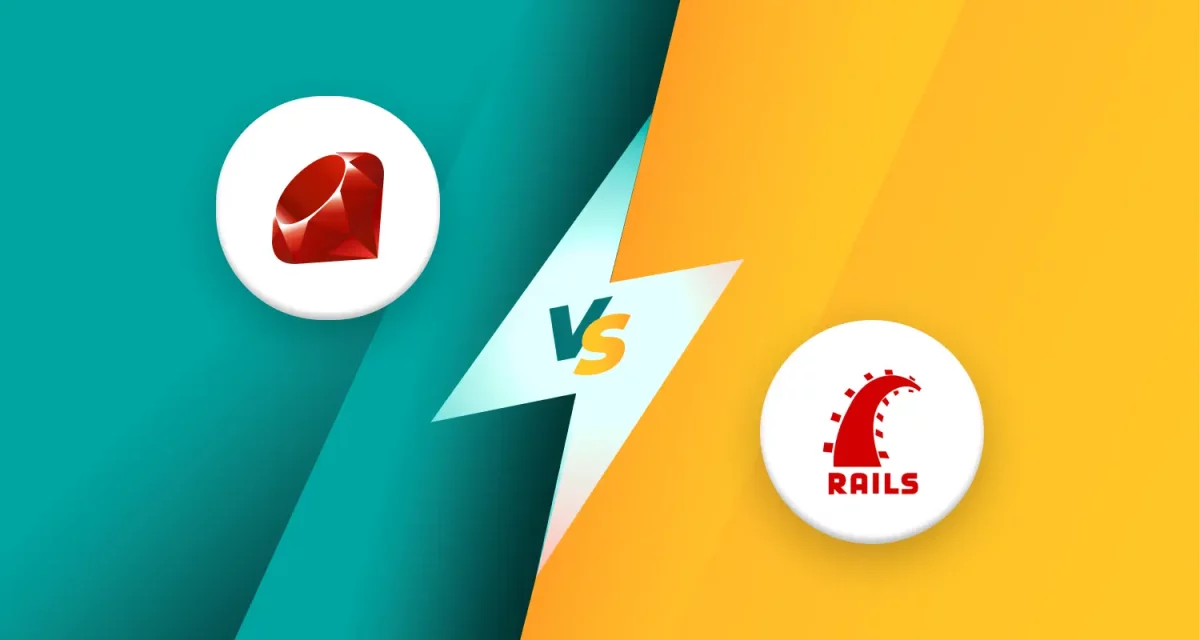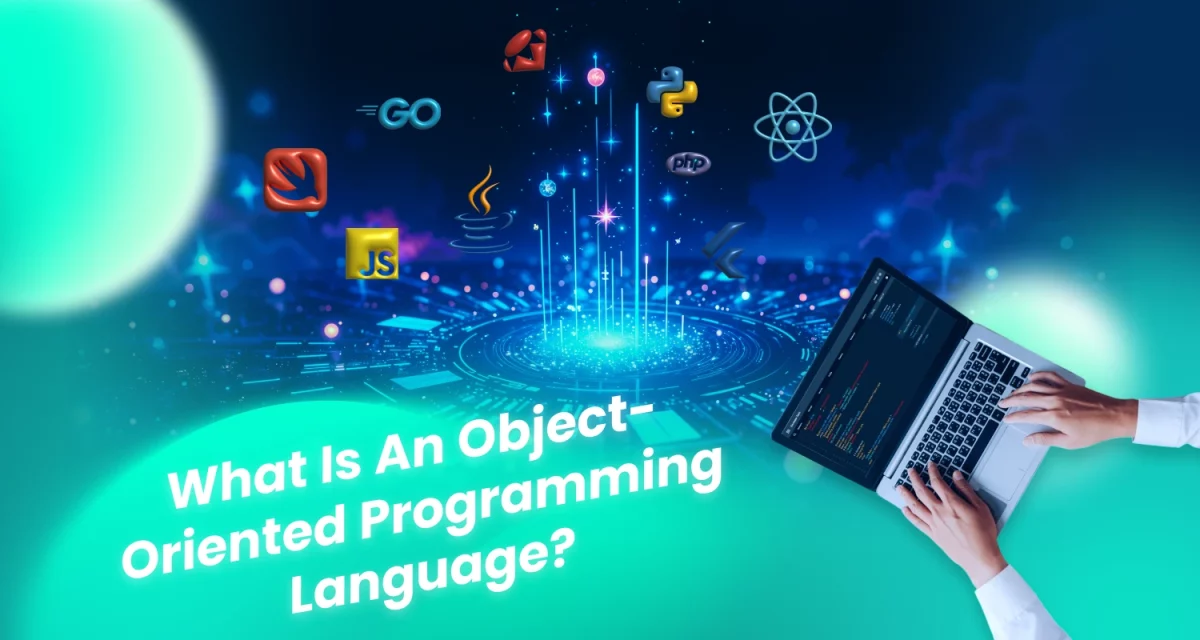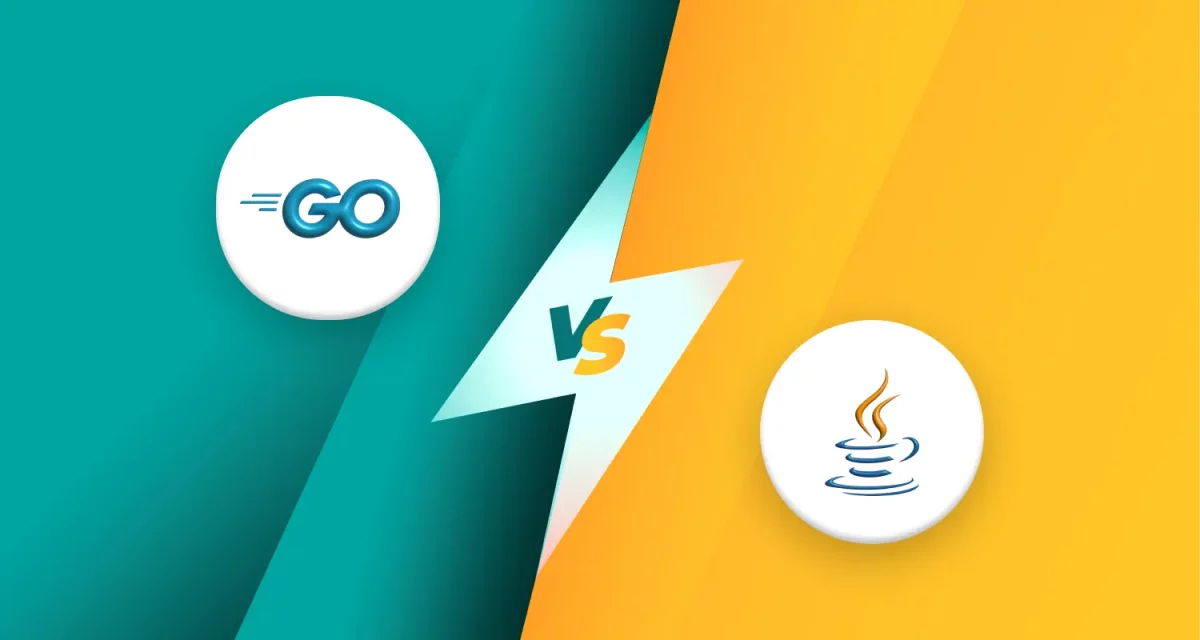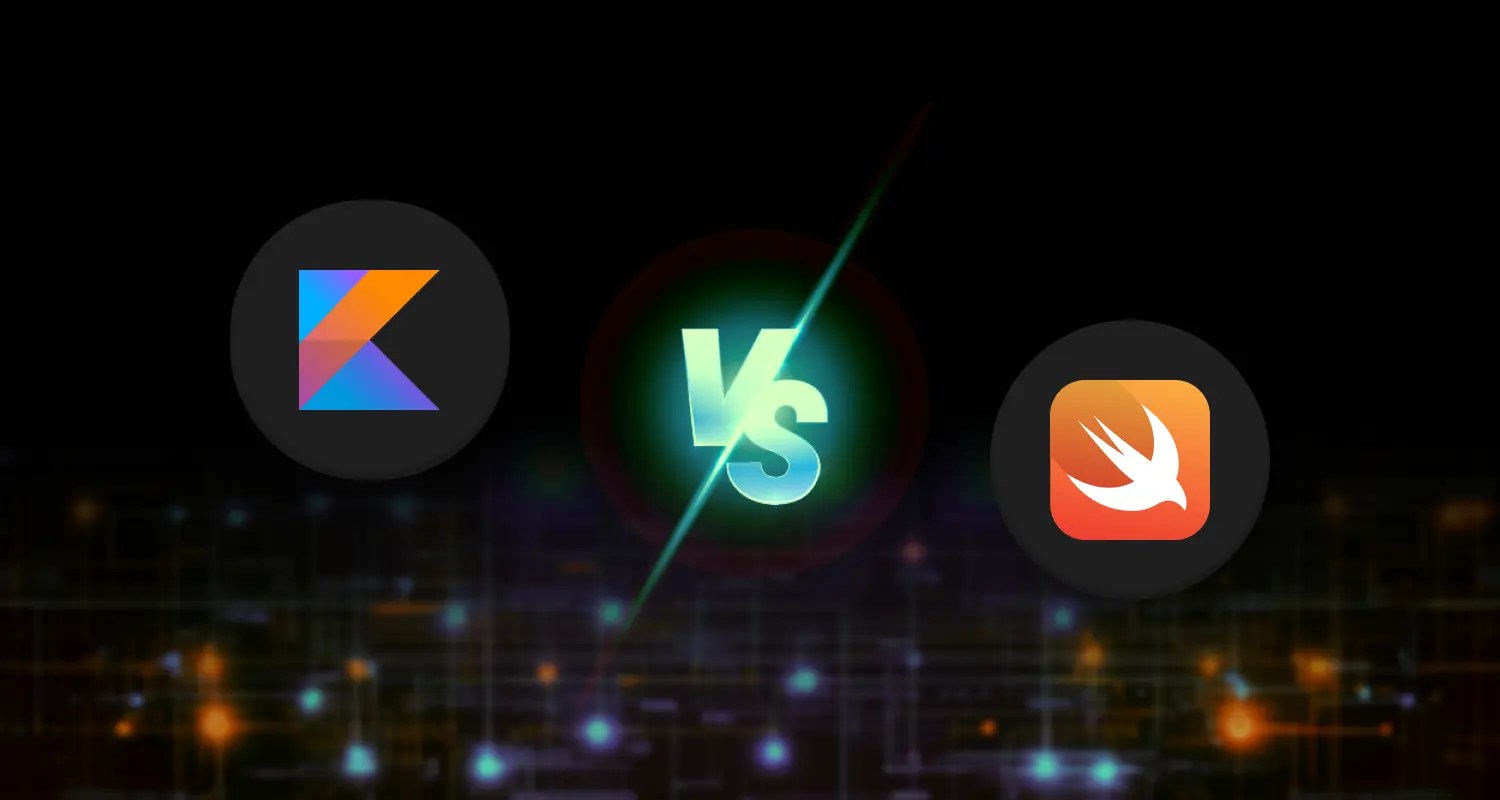
Choosing the correct programming language is like picking the perfect tool for a job—it can make or break the success of your mobile app. With technology evolving rapidly, developers today face a tough decision regarding Kotlin vs Swift. Both languages are modern, powerful, and widely used for Android and iOS development.
Kotlin, backed by JetBrains and officially supported by Google, shines in the Android world, while Swift, crafted by Apple, dominates iOS development. This article breaks down their strengths, weaknesses, and real-world applications to help you decide which language best fits your 2025 project.
1. What is Kotlin?
Kotlin is a modern programming language developed by JetBrains, which is the same team behind popular tools like IntelliJ IDEA. First released in 2011 and officially adopted by Google as a preferred language for Android development in 2017, Kotlin has quickly gained popularity for its clean syntax, safety features, and full interoperability with Java.
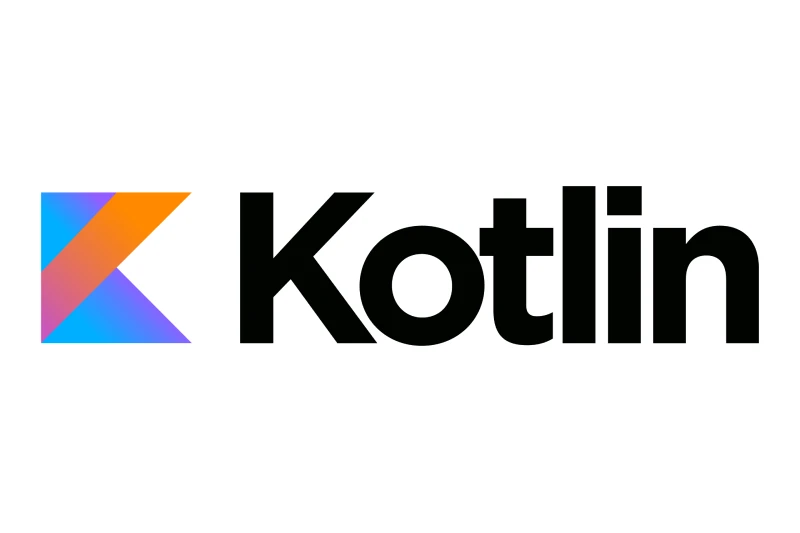
It was designed to solve many of the headaches developers faced with older languages, making Android development faster, more efficient, and more enjoyable. As we compare Kotlin vs Swift, Kotlin stands out for its strong integration with Android Studio and its growing support for cross-platform development through Kotlin Multiplatform. Whether you’re building a sleek mobile app or a multiplatform project, Kotlin has become a go-to choice for modern Android developers.
Read more >>> 10 Difference Between Kotlin and Java – Which is better?
2. What is Swift?
Apple created Swift in response to the demand for a more rapid, secure, and expressive programming language specifically designed for iOS and macOS development. Introduced in 2014, Swift was built from the ground up to replace Objective-C, focusing on performance, readability, and developer happiness.
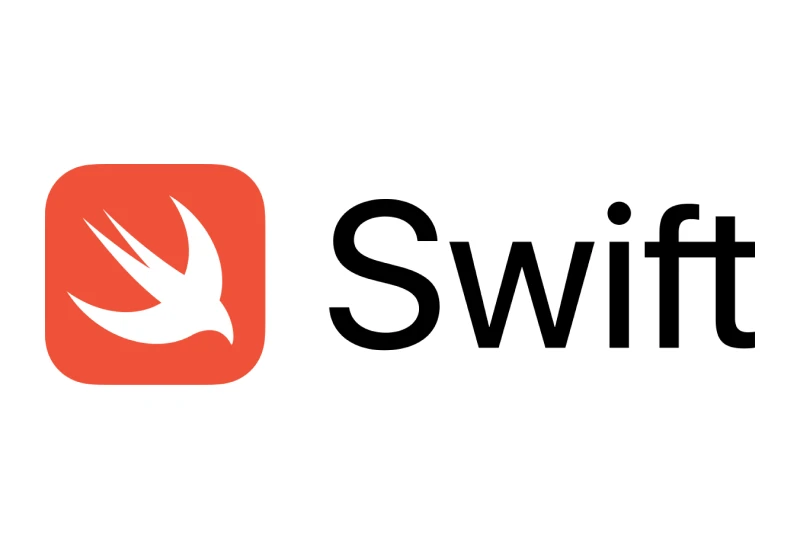
What truly makes Swift shine is how seamlessly it fits into Apple’s ecosystem, from iPhones and iPads to Macs, Apple Watches, and even Apple TV. With tools like Xcode and frameworks like SwiftUI, building apps with Swift feels native and intuitive. In the Kotlin vs Swift comparison, Swift holds the crown in creating deeply optimized apps for Apple hardware and user experiences.
Read more >>> What is the Difference Between iOS and Android Development?
3. Comparative analysis
3.1. Platform compatibility

Regarding platform support, Kotlin vs Swift each play to their strengths. Kotlin was initially designed for Android development, but with the rise of Kotlin Multiplatform, it’s now stepping into the cross-platform arena, letting developers share business logic across Android, iOS, and even backend systems. On the other hand, Swift is tightly integrated with Apple’s ecosystem. With its smooth performance and consistent user interface across all Apple devices, it is the preferred language for developing iOS, macOS, watchOS, and tvOS apps.
3.2. Syntax and developer experience
Kotlin is known for its concise, readable, and expressive syntax. It cuts down boilerplate code, prioritizes null safety, and helps developers move faster with fewer bugs. Swift also delivers a smooth developer experience with a clean syntax that feels natural, especially when paired with SwiftUI. Whether you’re building complex iOS interfaces or experimenting with animations, Swift’s syntax is tailored to fit Apple’s design philosophy. In the Kotlin vs Swift matchup, both languages offer a modern and enjoyable coding experience, though each shines brightest within its native environment.
3.3. Performance and efficiency

On the performance front, Kotlin is optimized to work seamlessly with the Java Virtual Machine (JVM), offering performance that rivals Java while introducing a more modern toolkit. It’s exceptionally efficient for Android development, benefiting from deep integration with Android Studio. Swift, however, is engineered to squeeze the best possible performance out of Apple hardware.
From fast launch times to smooth graphics rendering, Swift delivers native speed and low-level control. Comparing Kotlin vs Swift, it’s clear that both are high-performance options, but each is tuned to excel in its domain.
Read more >>> Ruby on Rails vs JavaScript: 7 Key Difference
4. Use case scenarios

4.1. When to choose Kotlin
If your primary focus is Android development, Kotlin is a no-brainer. It’s officially supported by Google, fully compatible with existing Java code, and offers modern language features that make app development faster and safer. But Kotlin doesn’t stop at Android. Kotlin Multiplatform is ideal for teams wishing to expedite cross-platform development because it allows you to reuse code across Android, iOS, and the backend. So, in the Kotlin vs Swift debate, Kotlin wins in terms of flexibility and cross-platform capabilities.
4.2. When to choose Swift
On the flip side, if your app is designed exclusively for Apple users, Swift is the way to go. It’s deeply integrated into Apple’s ecosystem, with first-class support in Xcode and powerful frameworks like SwiftUI and Combine. Swift allows developers to craft high-performance, visually stunning apps tailored to iOS and macOS with minimal friction. When aiming for a native Apple experience that is seamless, quick, and completely tuned for Cupertino’s suite of devices, Swift outperforms Kotlin.
5. Conclusion
In the Kotlin vs Swift showdown of 2025, the “better” language depends entirely on your project goals. Kotlin is a top-tier choice for Android apps and offers increasing versatility through cross-platform development. Swift, meanwhile, reigns supreme for native iOS and macOS apps, thanks to its seamless integration with Apple’s ecosystem. Both languages are modern, powerful, and developer-friendly; you must pick the one that best aligns with your product vision.
Need help choosing the right tech stack or building your next big app? Visit Stepmedia Software for expert guidance, tailored solutions, and updates on the latest in mobile development.


